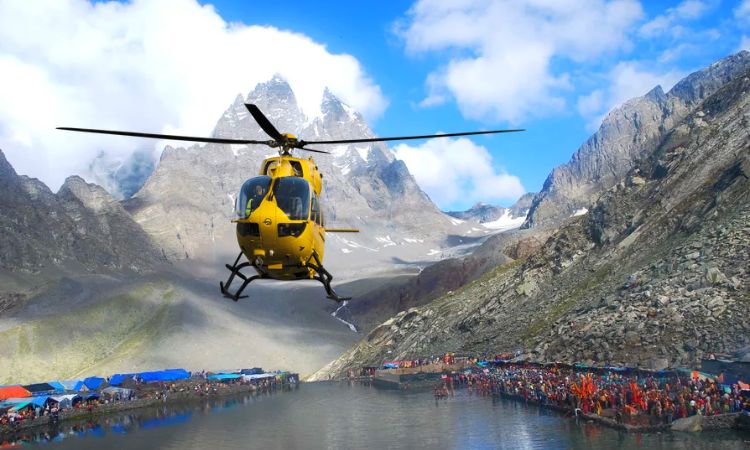
Loading...

Loading...

Located in the heart of Himachal Pradesh’s Chamba district, the Manimahesh Yatra is not just a pilgrimage — it’s an emotion, a test of faith, and a connection with the divine. The centerpiece of this spiritual journey is the Manimahesh Lake, nestled at an altitude of 13,500 ft in the shadow of the Manimahesh Kailash Peak, believed to be the abode of Lord Shiva.
Every year, thousands of devotees and adventure lovers embark on this soul-stirring trek, particularly during August–September, in search of divine blessings and peace.
Before starting the yatra, all devotees must pay a visit to Bharmour, also known as the “Land of Shiva”. The town is home to:
An 84-shrine temple complex with idols of Lord Shiva, Narasimha, Lakshmi Devi, and others — the heart of Bharmour’s spiritual heritage.
Located 4 km uphill from Bharmour, this temple is a mandatory stop before beginning the yatra. Local belief says no one can complete the Manimahesh Yatra without first taking a dip in Bharmani’s sacred pool.
The name “Manimahesh” means “the jewel of Lord Shiva”. Local beliefs say that Lord Shiva created this lake after his marriage to Parvati. The peak that overlooks the lake — Manimahesh Kailash — is considered so sacred that no one has ever successfully climbed it. All failed attempts are seen as Shiva’s will, preventing disturbance to his celestial dwelling.
On clear full-moon nights, it is said that a divine mani (jewel) can be seen shimmering at the top of the Kailash peak. This mystical glow is visible only to those truly blessed by Lord Shiva.


Hadsar → Dhancho → Gauri Kund/Shiv Karotri → Manimahesh Lake


